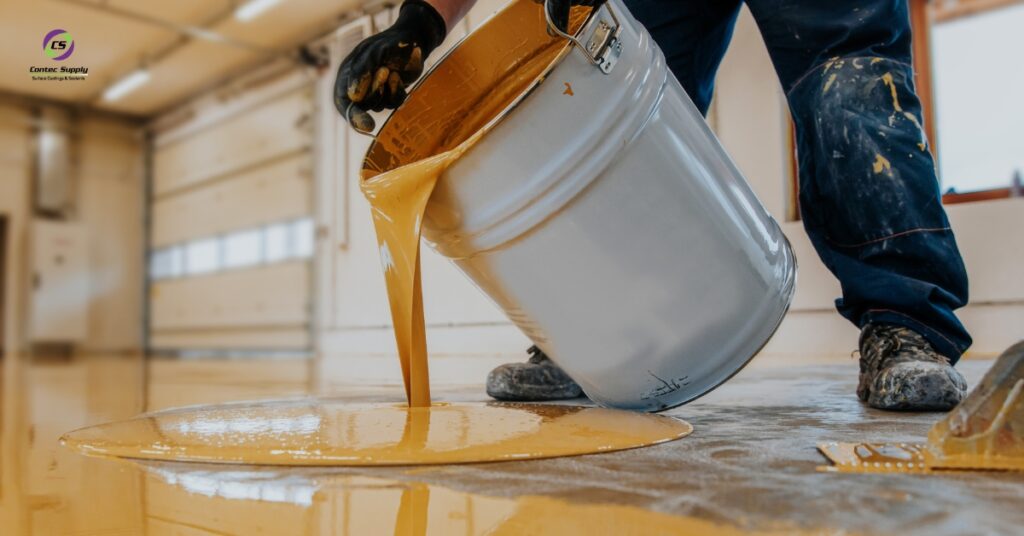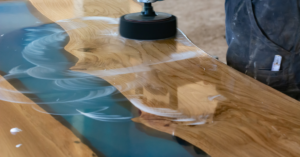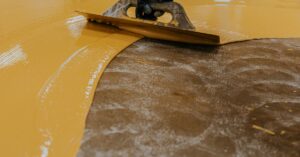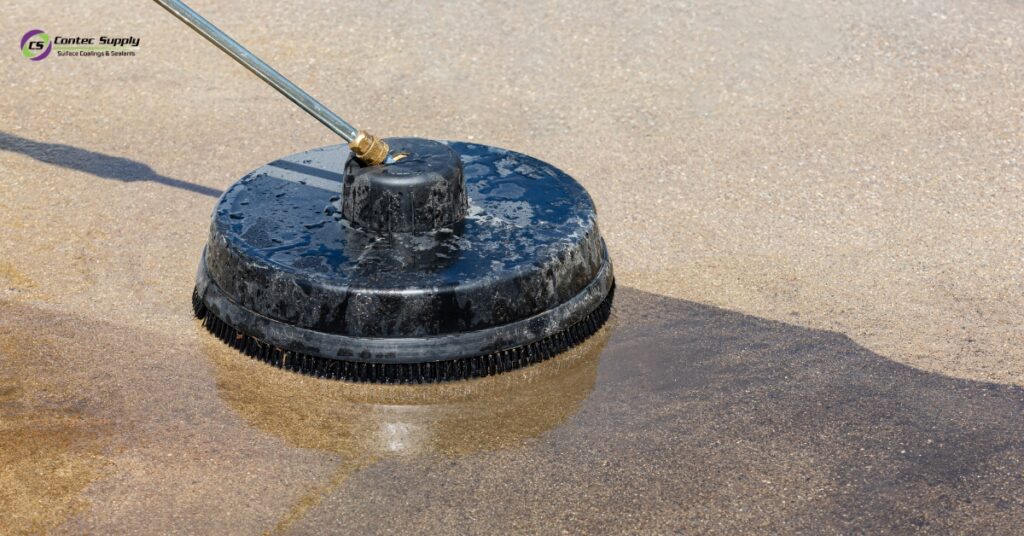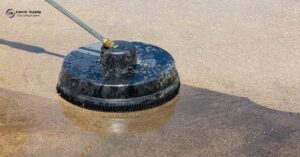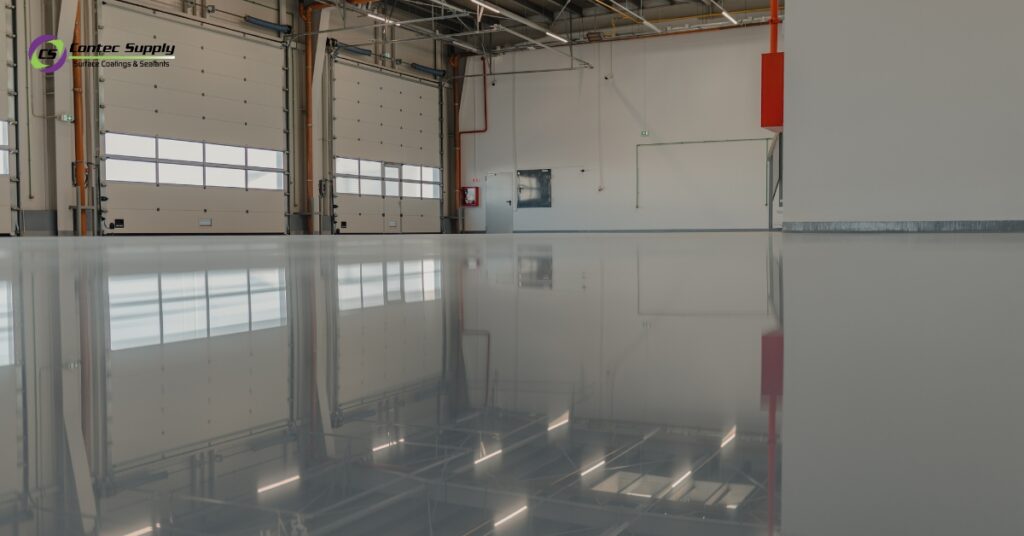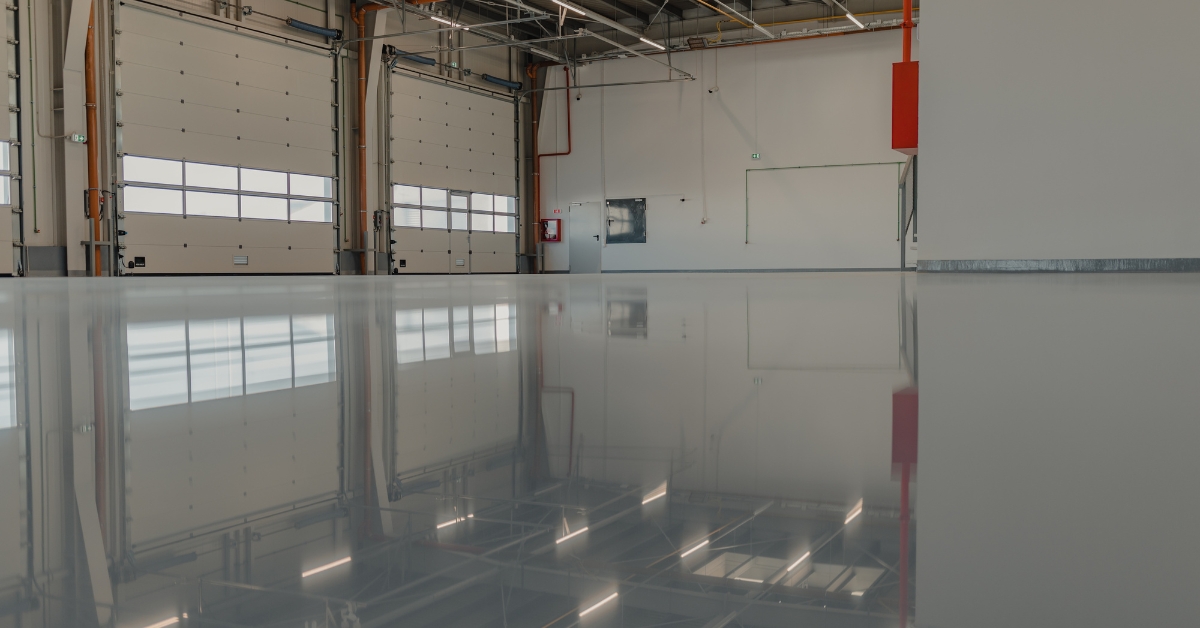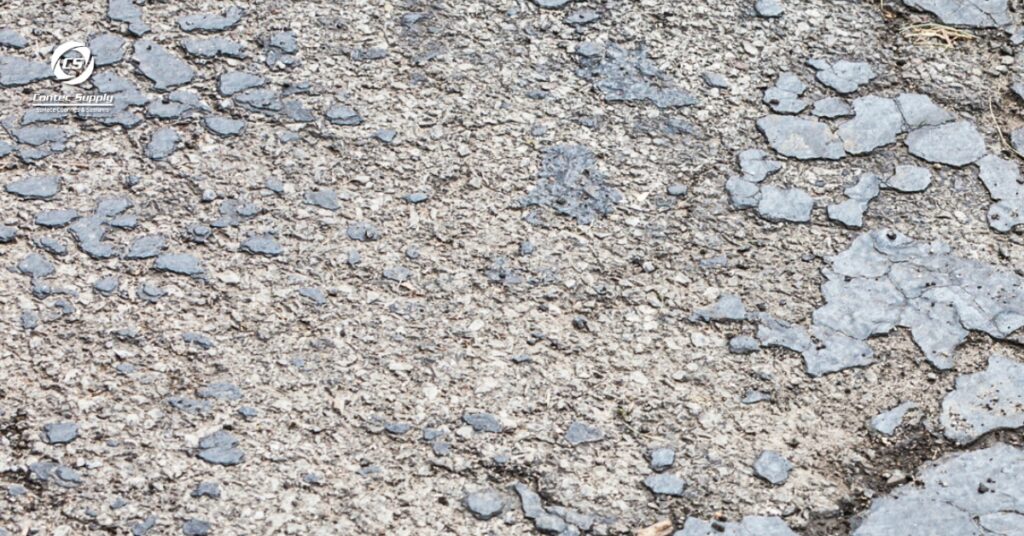
Jobsite Cracks Slowing You Down?
Concrete cracks don’t just look bad — they compromise durability, client satisfaction, and long-term performance. If you're a contractor in Utah or the surrounding region, dealing with cracked slabs, driveways, or garage floors, you know clients expect lasting solutions, not just cosmetic fixes.
This guide offers practical, pro-level insights on selecting the right products, preparing surfaces correctly, and getting optimal results with fewer callbacks.
Quick Guide
Causes of Concrete Cracks on the Job
Cracking is inevitable, but knowing the "why" helps contractors recommend solutions with confidence:
-
- Shrinkage: Poor mix control or fast evaporation
-
- Thermal Expansion: Shifts due to heat/cold cycles
-
- Improper Subgrade: Soil movement, frost heave
-
- Overloading: Exceeding design limits
Clients often expect perfection — but with the right product selection and prep, you can deliver high-performance repairs they’ll never question.
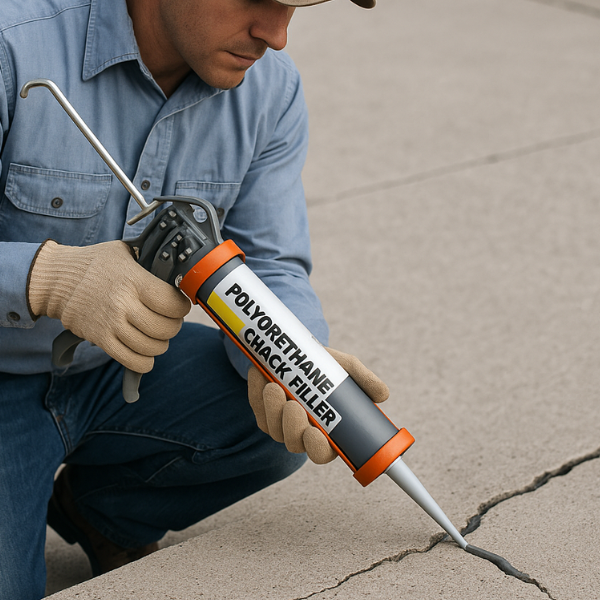
Matching the Right Crack Filler to the Application
Choosing the wrong material can mean callbacks, product failure, or poor aesthetics. Here’s how to choose with confidence:
Filler Types & Contractor Use:
- Latex-based: Best for superficial cracks where flexibility and speed matter
- Epoxy Systems: For structural strength or when prepping for overlays
- Polyurethane: Durable, self-leveling, and ideal for exteriors
- Vinyl Patcher or Mortar Mix: Trowel-grade for larger gap and spall fill
Explore Commercial Sealers and Epoxy Repair Kits for heavy-duty use.
Step-by-Step Repair for Contractor-Grade Results
Tools Required: Concrete saw or chaser, blower/vac, mixer (if needed), filler, trowel/caulk gun, PPE
- Prep the Crack
- Route or chisel clean edges for better bonding
- Remove dust with compressed air or vacuum
- Prep the Crack
- Dry & Prime (If Needed)
- Surface must be dry
- Some systems require primer for deep fills
- Dry & Prime (If Needed)
- Apply Chosen Product
- Pour or gun in filler per spec sheet
- Trowel flush, feather edge if exposed

- Cure According to Specs
- Most sealants require 24–48 hrs before coatings
- Cure According to Specs
Our Pro Video Library covers Flex-C-Ment, SureCrete, NewLook and more — ideal for teams or subcontractor training.
Comparing Crack Fillers: Best Options by Use Case
| Job Type | Best Filler Type | Contec Recommended Product |
| Driveways/Flatwork | Polyurethane | Surecrete Elastomeric Sealant |
| Epoxy Floor Prep | Epoxy | DIY Metallic Epoxy Kit |
| Decorative Restoration | Latex/Polyurethane | NewLook Crack Filler |
| Vertical Crack Repair | Trowel-Grade Vinyl | Flex-C-Ment Vertical Overlay |
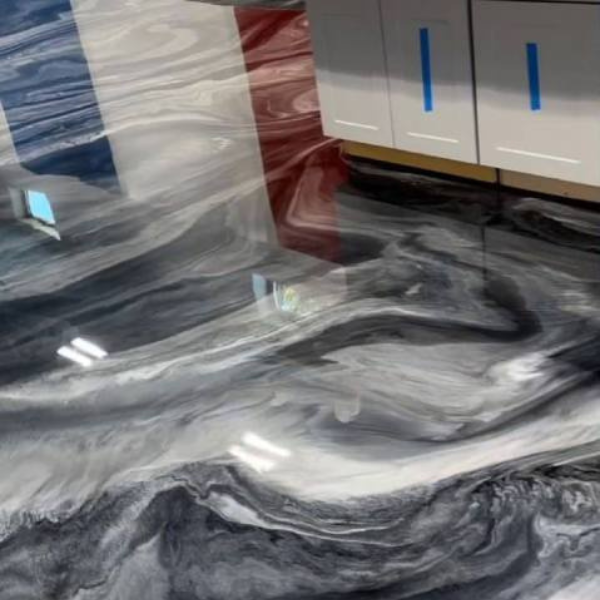
Post-Repair Treatments to Maximize Longevity
Filling is just step one. Professional finishers know the surface system completes the job:
- Seal: Lock out moisture & prevent freeze-thaw degradation
- Stain: Match or refresh surfaces with Decorative Concrete Stains
- Overlay: Upgrade old slabs with Microtoppings or full Epoxy Systems
View our full Contractor System Solutions to integrate fillers with coatings, sealers, and surface prep.
Why Pros Trust Contec Supply
Contec Supply has been equipping contractors for over 25 years. We work with crews across Utah to provide:
- Job-ready repair systems
- Contractor pricing
- Field-tested product training
We’ve helped thousands of pros get better results with fewer redos — while saving time and money on every project.
FAQs for Contractors
Ready to Upgrade Your Crack Repairs?
Get the right product for every pour and patch. Browse Repair Systems or Talk to Our Experts about your next job.
We stock what contractors need — no guesswork required.
Need help matching filler to finish? Request a Contractor Consult.

